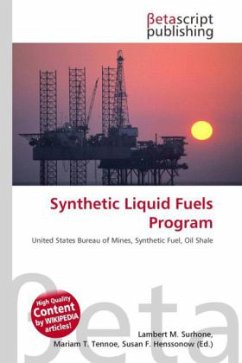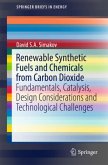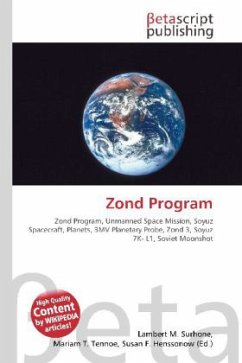Please note that the content of this book primarily consists of articles available from Wikipedia or other free sources online. The Synthetic Liquid Fuels Program was a program run by the United States Bureau of Mines to create the technology to produce synthetic fuel from coal. It was initiated in 1944 during World War II. The Synthetic Liquid Fuels Act approved on April 5, 1944 authorized the use of $30 million over a five year period for ...the construction and operation of demonstration plants to produce synthetic liquid fuels from coal, oil shales, agricultural and forestry products, and other substances, in order to aid the prosecution of the war, to conserve and increase the oil resources of the Nation, and for other purposes. The Bureau of Mines first studied the extraction of oil from oil shale between 1925 1928. Between 1928 and 1944, the Bureau experimented with coal liquefaction by hydrogenation using the Bergius process. A small-scale test unit constructed in 1937 had a 100-pound per day continuous coal feed. The methodologies employed underwent extensive development in this period, delivering significant increases in efficiency, culminating in the Karrick process. Between 1945 and 1948, new laboratories were constructed near Pittsburgh.








